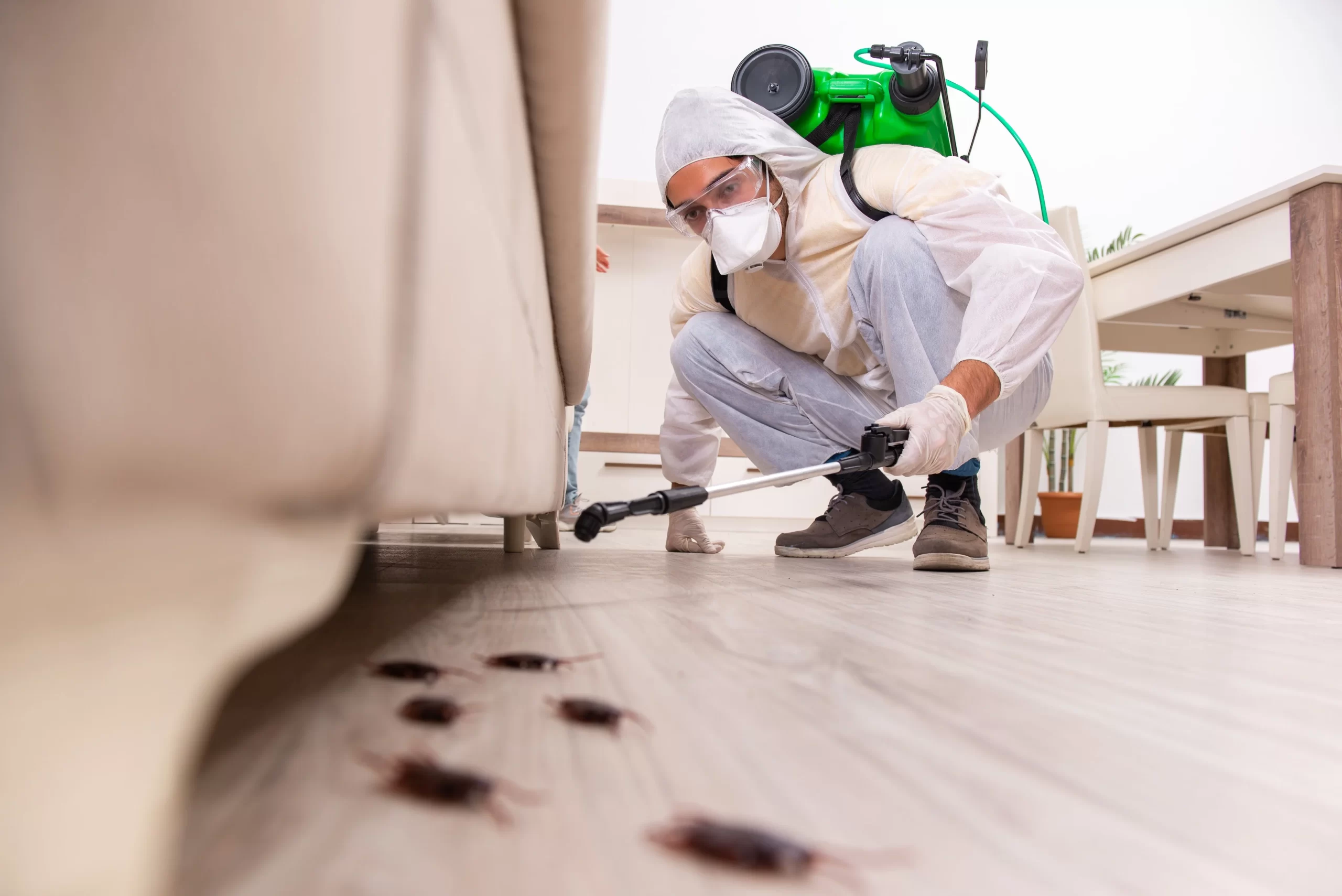Water damage in homes and buildings can wreak havoc not only on the structure itself but also on the belongings within. While the immediate effects of water damage are often visible and alarming, it’s the secondary damage that can pose long-term risks and challenges. Understanding and effectively mitigating secondary damage is crucial in the restoration process to ensure the safety, health, and longevity of the affected property.
What Is Secondary Damage?
Secondary damage refers to the additional harm that occurs as a result of prolonged exposure to water or inadequate restoration efforts following a water-related incident. While primary damage is caused by the initial contact with water, secondary damage develops over time if the moisture is not properly addressed. Common forms of secondary damage include mold growth, structural deterioration, and damage to belongings such as furniture, electronics, and personal items.
The Importance Of Prompt Action
Mitigating secondary damage in water damage restoration services begins with prompt action following a water-related incident. Time is of the essence when it comes to water damage restoration, as moisture can quickly penetrate building materials and create an environment conducive to mold growth and other forms of secondary damage. By initiating the restoration process as soon as possible, property owners can minimize the extent of damage and prevent secondary issues from arising.
Thorough Water Extraction And Drying
Thorough water extraction and drying are the first steps in an efficient restoration of water damage. Expert repair businesses remove standing water and moisture from the affected area using specialized tools like vacuums, pumps, and dehumidifiers. Restoration experts can stop secondary damage like mold growth and structural deterioration by quickly reducing excess moisture.
Mold Remediation
Mold development is one of the biggest concerns connected to water damage. After a water-related event, mold can start to grow in as little as 24 to 48 hours since it loves damp conditions. In addition to risk the health of residents, mold can seriously harm furnishings and structural materials. Mold cleanup by qualified experts who can safely and successfully eliminate mold growth and prevent its return is necessary for mitigating secondary harm.
Structural Repairs And Reinforcement
Water damage can cause building components like drywall, wood, and insulation to deteriorate, deform, and weaken, compromising the structural integrity of the building. In order to restore the stability and safety of the impacted property, structural repairs and reinforcement are frequently necessary as part of secondary damage mitigation. Experts in restoration evaluate the degree of structural damage and process the necessary repairs to stop further degradation.
Salvaging Belongings
Apart from causing harm to the structure, water damage can also affect personal goods including clothing, electronics, furniture, and sentimental items. Salvaging belongings is an essential aspect of mitigating secondary damage, as many items may be salvageable with prompt and proper restoration efforts. Restoration professionals utilize techniques such as drying, cleaning, and disinfecting to restore damaged belongings whenever possible.
Addressing Indoor Air Quality
Mold, bacteria, and other harmful microbes can flourish in damp environments, which in turn lowers the air quality inside. For those who live in the impacted property, poor indoor air quality can make respiratory conditions and other health issues worse. Addressing indoor air quality issues with proper cleaning, disinfecting, and air filtration techniques is part of mitigating secondary damage.
Preventative Measures For Future Protection
Once the immediate restoration efforts are complete, it’s essential to implement preventative measures to protect against future water damage and secondary issues. This may include improving drainage systems, sealing cracks and gaps, installing sump pumps or backflow preventers, and implementing regular maintenance and inspections to identify and address potential risks before they escalate.
Conclusion
Beyond just draining water from a building, water damage restoration aims to minimize secondary damage and return the impacted property to its pre-loss state. Property owners can reduce the long-term impacts of water damage and guarantee the safety, health, and lifespan of their homes and buildings by being aware of the risks connected with secondary damage and acting quickly and pro-actively. For comprehensive and successful water damage mitigation and repair, collaborating with skilled restoration specialists is essential.



